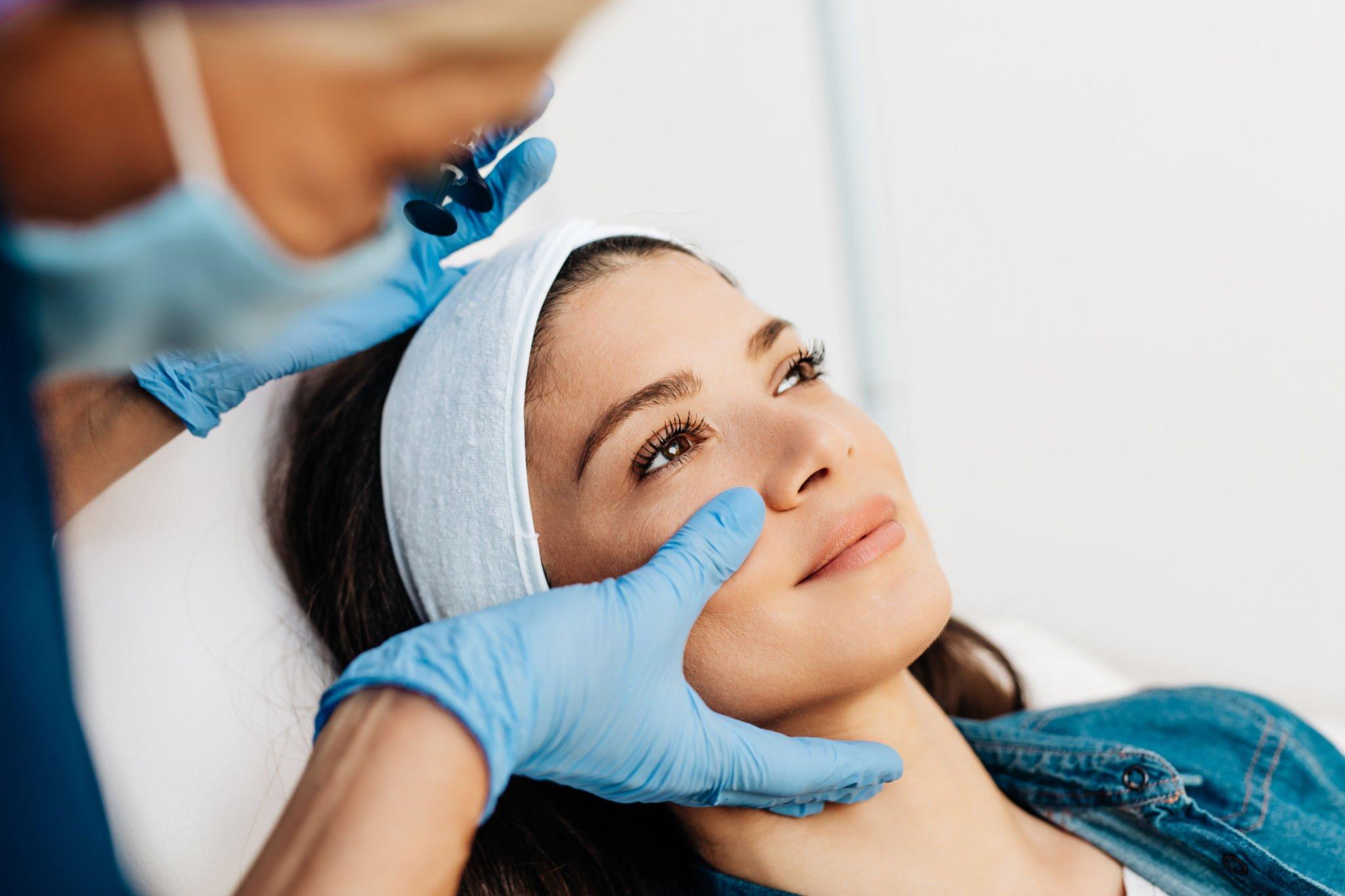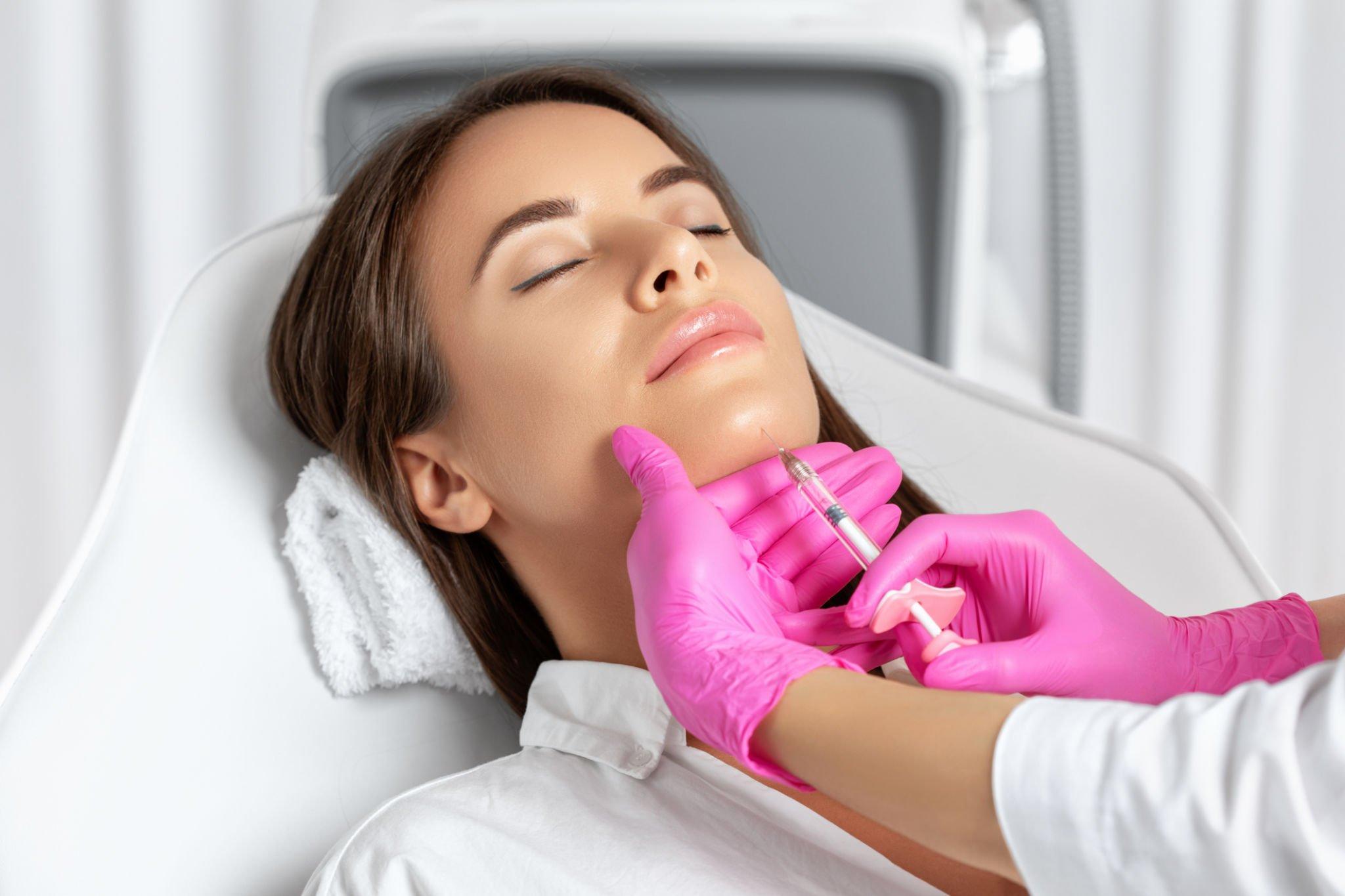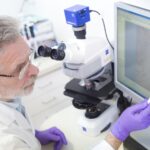In the 21st century, Plasmolifting technology, harnessed from our blood, has emerged as a renewable source of health. Injections within the context of maxillofacial surgery marked the beginning of the application of autologous platelet-rich plasma (PRP).
Through research, experts uncovered that the injection of PRP into afflicted regions triggers an acceleration of skin rejuvenation processes.

Consequently, the skin experiences heightened hydration, improved elasticity, and firmness, reducing the quantity and depth of expression of wrinkles and pigment spots.
As the technique advanced, dedicated development of PRP tubes started. These tubes incorporate specific chemicals and a specialized gel that enables a substantial level of PRP purification.
This enhancement notably amplifies the efficacy of injectable treatments. Plasmolifting World helps to provide safe treatment methods for patients.
Let us know the history of its origin in the following paragraphs
Used in dental surgery
As such, Plasmolifting is a well-established PRP therapy variant with a substantial history. In PRP therapy, the patient’s blood created a gel-like formulation of platelet-rich autologous plasma.
These gel clots have been employed in dental and maxillofacial surgery to incite tissue regeneration post-trauma and surgical procedures.
Used in cosmetology
The researchers avoided the complicated and uncomfortable nature of injecting platelet gel. Consequently, the utilization of platelet-rich autologous plasma did not make inroads into cosmetology for an extended period, despite the inherent technique and its merits, including the stimulation of regeneration, being readily apparent.

Contemporary cosmetology presents many rejuvenation techniques, yet only a few align with the fundamental Hippocratic principle of “Not harm unless you cannot help.”
The quest for novel, secure technologies persists ceaselessly. Plasmolifting stands out as an exclusive methodology adhering to health safety principles.
A few Russian researchers, Professor R.R. Akhmerov and Associate Professor R.F. Tool, devised and patented it under the appellation Plasmolifting.
Read also: How Femoral (Thigh) Hernia Are Treated These Days
Initial experiments
As far back as 2001, researchers conducted initial animal experiments involving plasma, while human studies followed suit in 2003. Since 2005, both therapeutic and cosmetic practices have involved this technique.
The derivation of platelet-rich plasma in liquid form was not part of the cosmetic objectives. Scientists’ primary goal was to create a substance capable of reducing the discomfort and tissue trauma associated with stimulating regenerative processes.
The utilization of platelet gel was linked with these outcomes, involving its injection into tissues through incisions in flap operations.
The advent of liquid autologous plasma opened doors to tissue regeneration through minimally invasive injection methods, expanding the scope of its applications.
Widely used today
Today, all across the globe, this technique resembling plasmolifting has been recognized. The realm of commercial medicine, including Western practices, adapts this method to suit its specific requirements.

Plasmolifting involves:
- The creation of new terminology.
- Altering the technique itself.
- Introducing additional “beneficial” components into the plasma mixture.
After that, Patients received these modified versions as innovative and almost miraculous solutions. Numerous publications boldly assert that Plasmolifting is an innovation attributed to Western or Japanese scientists.
This narrative holds a particular allure for domestic clients, who might perceive foreign methods as universally superior.
This narrative is enticing as people regard foreign solutions as panaceas while harboring more skeptical views about domestic alternatives.









